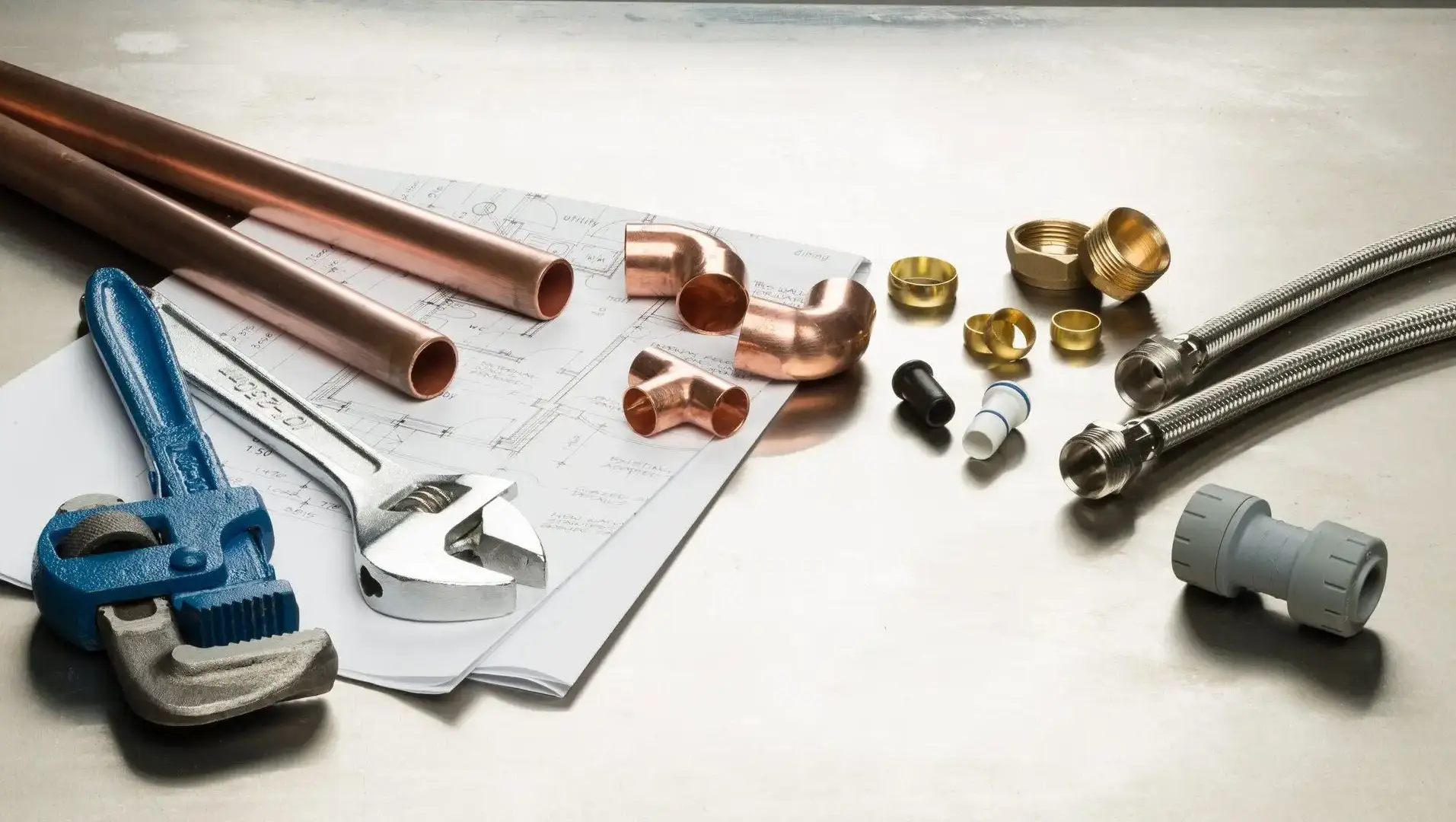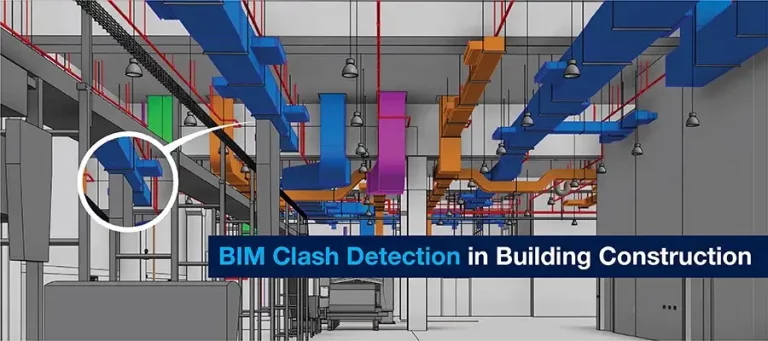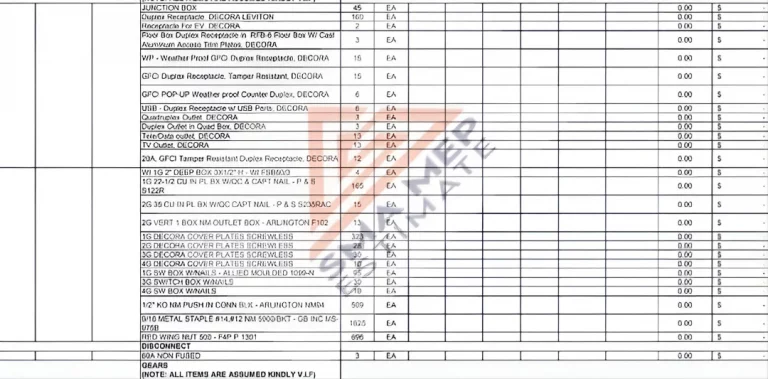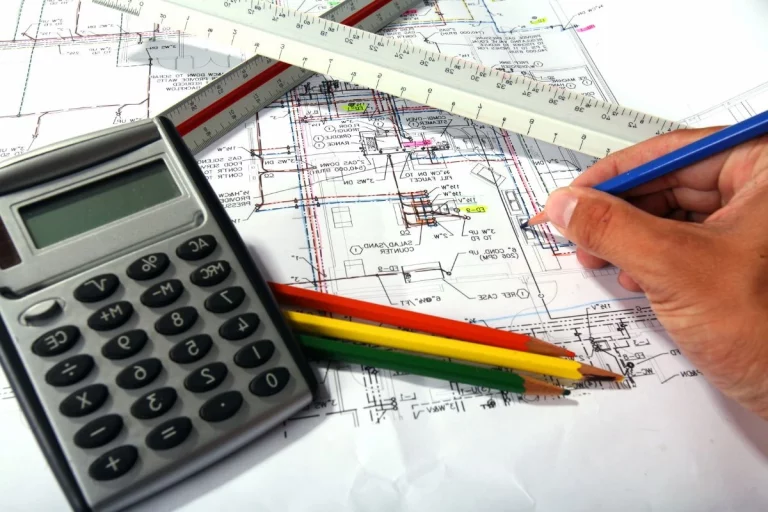What Type of Material is Common to Residential Plumbing Supply Lines?
What are the right types of Plumbing Supply Lines for your home? There are several options for plumbing pipes for a residential project. Choosing the right type of pipe is the most essential part as they are responsible for carrying water from various fixtures and appliances.
A plumbing system can be confusing as there are lots of components to deal with. Not to mention that it is prone to cost overruns. Hiring a professional cost estimator will provide you peace of mind as Plumbing Estimating Services forge accurate financial plans.
EXPLORE VARIOUS METHODS FOR YOUR PLUMBING SYSTEMS INSTALLATION. LEARN AND CHOOSE THE BEST POSSIBLE OPTION THAT LEADS TO THE MOST EFFECTIVE PLUMBING SOLUTIONS!
Plumbing Supply Lines – How Essential Are They?
For a functional plumbing system, reliable installation of Plumbing Supply lines is paramount for the whole structure. It all comes down to selecting the right type of material for your plumbing system. The right type of material will not only elevate performance but also increase the longevity of the plumbing system.Types of Plumbing Lines
Let’s delve into various types of plumbing pipes that can be used in a residential project.1) Copper Pipes
Copper Plumbing Supply Lines are one of the oldest materials in plumbing. They are known for their durability and they are bacteria-resistant as well. They can also be recycled for a more sustainable plumbing system in a residential project. The most common copper pipe dimension used in home plumbing is ¼ to 12 inches in diameter.2) PVC Pipes
Made from a combination of plastic and vinyl, these pipes are lightweight and chemical resistant. They are widely used in both residential and commercial projects because of their rigidness and Corrosion resistant features. PVC Pipes are available in sizes ranging from ½ to 4 inches. That makes them suitable for various applications at different levels of projects.3) CPVC Pipes
This type of Plumbing Supply Line is a variant of PVC and an added layer of chlorine makes it more temperature resistant. Having this quality and also chemical and corrosion repellent, these pipes are the most ideal choice for transporting hot water through a plumbing system. This type of pipe is usually available in sizes from ½ to 2 inches in diameter. Commonly used in small level repairs in a residential project.4) PEX Pipes
Also known as Cross-linked polyethylene, these pipes have gained immense popularity in residential level projects. Because of their durability and flexibility, they can be bent around any competition structure of a plumbing system without any risk of leakage. They are the most optimal choice for a complex residential project as they can beat damage for a longer period because of their resistance qualities. In the Residential Plumbing Estimating process, if a layout is intricate then PEX pipes are the top priority for an efficient home plumbing system. They are available in sizes ¼ to 4 inches.5) ABS Pipes
They are thermoplastic types of pipes that are similar to PVC but can tolerate more pressure and lower temperatures. They are mostly used in drainage and waste systems. One more use of these pipes because of their durability, is that they are used in vent lines. Their sizes vary from 1 and ½ to 5 inches.6) Cast Iron Pipes
These Plumbing Supply Lines are mostly incorporated in multi-story residential or industrial settings. They are known for their strength and high-pressurized applications. They are soundproof pipes, as in reducing the sound of flowing water from the pipes. They are mainly installed underground for large-scale drainage systems. Their usual size is from 2 to 15 inches.How to Accurately Perform Material Takeoff Services?
When performing Material Takeoff Services, it is important that you take into account all the long-term possibilities. First of all, in the selection of piping material, you have to check the cost per foot and ensure that it won’t exceed the budget. Secondly, what will be the expected lifespan of a piping system? The material type chosen carefully will ensure that the maintenance cost will be as low as possible. The third pointer in selecting the material takeoff is to assess if the installation process will be easy. If that is not the case then the labor cost will increase. That will not only impact the budget but will also take more time. Lastly, evaluate that the material that has been selected fulfills the intended need. As some materials only serve a specific purpose.BE VIGILANT AND ENSURE THAT YOU HAVE SELECTED THE RIGHT TYPE OF PLUMBING PIPES FOR YOUR HOME WITH THE HELP OF AN ESTIMATOR!







